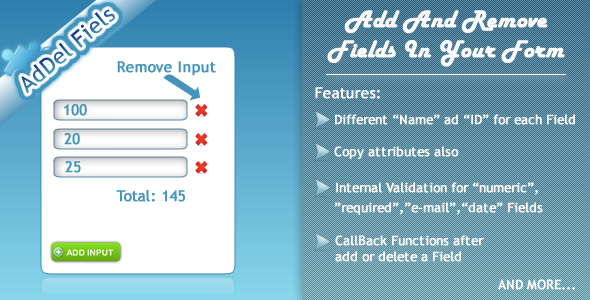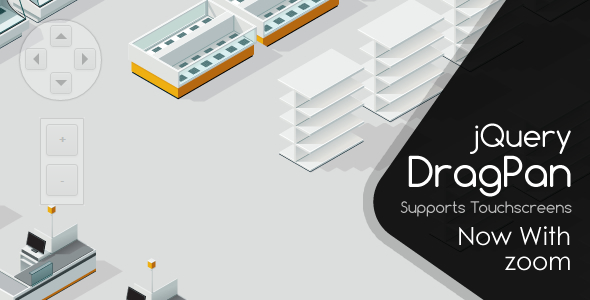
doScroller is a lightweight JavaScript solution that converts traditional multi-page websites into elegant single-page scrolling experiences. This powerful tool enables visitors to navigate content by scrolling through full-height sections, creating a modern, app-like browsing experience perfect for portfolios, product showcases, and storytelling websites.
Why Choose Single Page Scrolling?
Single page scrolling has become increasingly popular for several compelling reasons:
- Improved user engagement: Keeps visitors focused on content without page reloads
- Mobile-friendly navigation: Works naturally with touch gestures on smartphones and tablets
- Visual storytelling: Creates seamless transitions between content sections
- Faster perceived loading: Eliminates wait times between page transitions
Key Features of doScroller
Seamless Page Transitions
doScroller smoothly animates between sections with customizable easing effects, giving your website a polished, professional feel. The scroll snapping ensures users always land perfectly on each section.
Universal Compatibility
This solution works across all modern browsers including:
- Chrome, Firefox, Safari, Edge
- Internet Explorer 9+
- Mobile browsers on iOS and Android
Responsive Design Integration
doScroller automatically adapts to different screen sizes and works seamlessly with popular responsive frameworks like:
- Bootstrap
- Foundation
- Materialize CSS
Advanced Customization Options
The plugin offers extensive configuration through its API, allowing developers to:
- Adjust scroll speed and easing
- Set custom breakpoints for responsive behavior
- Implement parallax effects within sections
- Add callback functions for scroll events
Implementation Guide
Basic Setup
Getting started with doScroller requires minimal code:
- Include jQuery and doScroller.js in your document head
- Structure your content in full-height sections with a common class
- Initialize the plugin with
$('.container').doScroller();
Advanced Configuration
For more control over the scrolling behavior, you can pass options:
$('.container').doScroller({
scrollSpeed: 800,
easing: 'easeInOutQuad',
navigation: true,
keyboard: true
});Best Practices for Single Page Scroll Websites
- Keep sections focused: Each scroll should reveal a complete thought or content block
- Add visual cues: Use subtle animations or indicators to prompt scrolling
- Optimize performance: Lazy load heavy assets that aren’t immediately visible
- Include navigation alternatives: Add a fixed menu or progress indicator
Common Use Cases
doScroller excels in these scenarios:
- Portfolio websites: Showcase projects in a continuous flow
- Product launches: Tell a compelling story about your offering
- Event websites: Guide visitors through schedule and details
- Creative agencies: Present services and case studies dramatically
Support and Documentation
The doScroller package includes comprehensive documentation covering:
- Installation instructions
- API reference
- Troubleshooting common issues
- Performance optimization tips
Note: All support requests must be submitted via email to ensure proper tracking and response.
Alternatives and Comparisons
While doScroller offers unique advantages, here’s how it compares to similar solutions:
- FullPage.js: More features but heavier footprint
- ScrollMagic: Better for complex animations but steeper learning curve
- Native CSS scroll-snap: Lightweight but less browser support
For developers seeking a balance between functionality and performance, doScroller provides an optimal middle ground with its combination of smooth scrolling, responsive behavior, and straightforward implementation.


